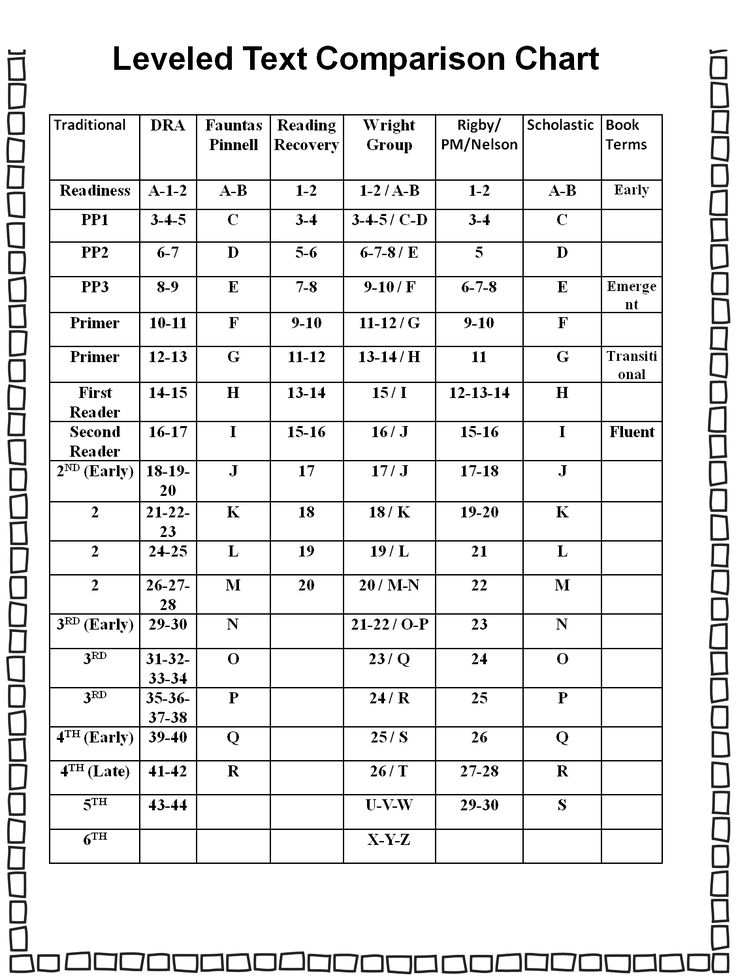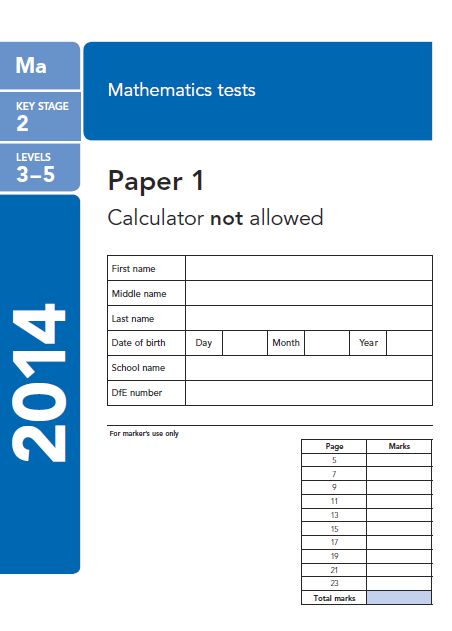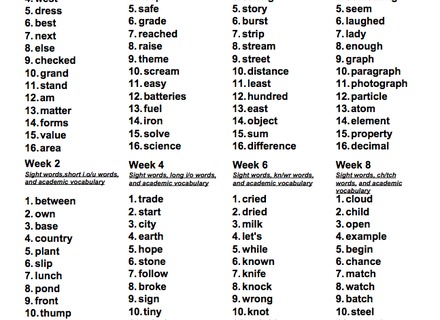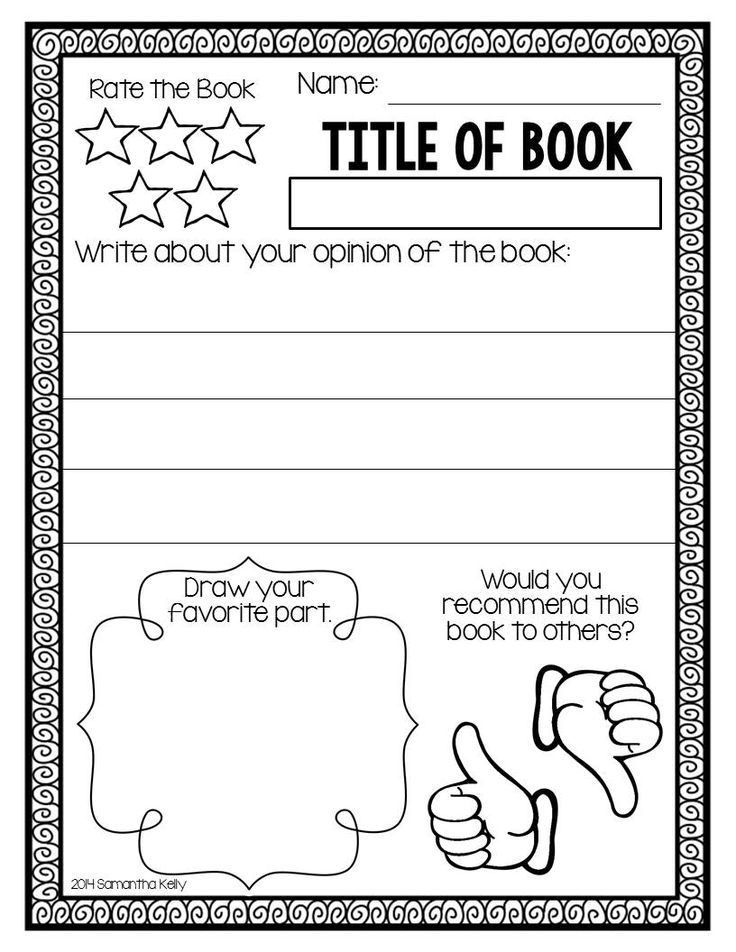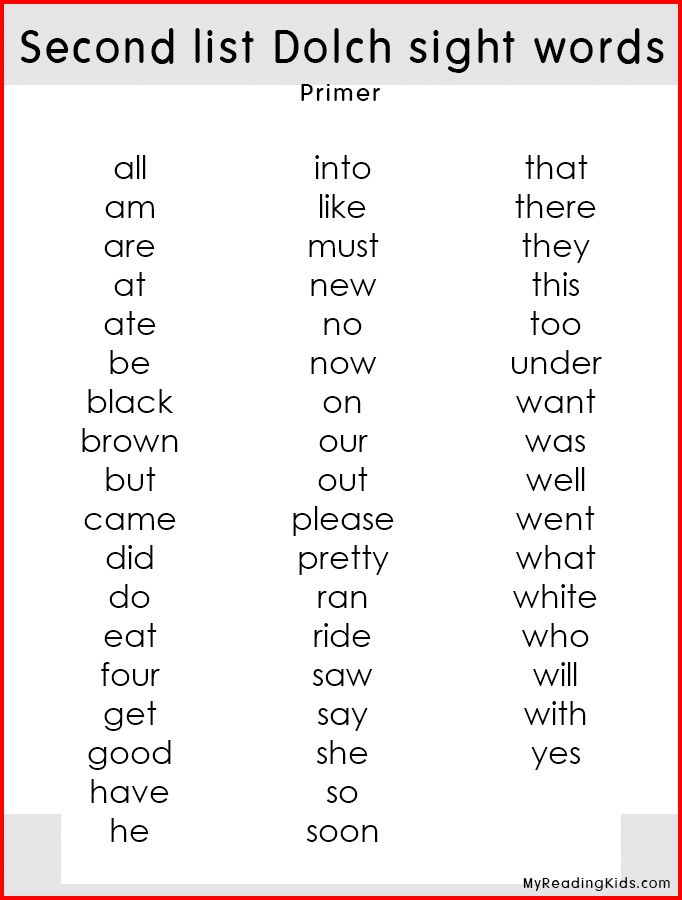First grade reading level chart
What Reading Level Should a First Grader Be At?Making English Fun
Throughout elementary and middle school, reading levels are a core component of education. The reading level determines what your child is capable of reading and comprehending. Knowing what level they’re at will allow you to practice with them to enhance their skills and figure out how they compare to the rest of their class.
A first grader should be at a reading level between 3 to 12. Higher reading levels indicate that they’re near the top of their class, but there’s always room for growth. In some cases, your child might fall below or rise above the range. Practice and proper tutoring will improve their reading level.
In this article, you’ll also learn the following information about what reading level a first grader should be at:
- Basic details that determine reading levels
- How you can help your child improve or adjust their reading skills
- Reading concepts they will learn from the beginning to the end of first grade
- Links to reading resources designed by teachers
What Is a Reading Level?
A reading level is a guide or resource that indicates comprehension, pronunciation, and clarity of a person’s reading. First graders shouldn’t be expected to read the same books as sixth graders, so it’s essential to go slow and steady while they’re learning new skills. This process should flow with the rest of the class, as you’ll learn in the next section.
As explained by Scholastic, there are plenty of reading level guides, including alphabetical, numerical and more. Here are the following reading level indicators: This is not a definitive list and its can be fairly confusing for teachers as well as parents. There are comparison guides, like the one below from real kids mag so that you can properly choose books across levels for your students. We are producing our own Free downloadable one for you as well this week. We have linked to one here but if you have a guided reading system of your own you should be able to find the correct comparison chart as well.
Many publishers use their own systems as well
- Scholastic Guided Level Reading Program
- Scholastic Guided Reading Lexile Ranges
- CCSS Lexile Recommendations
- DRA Level
- PM Benchmark
Since it’s one of the most common methods, we’ll focus on the DRA Level today.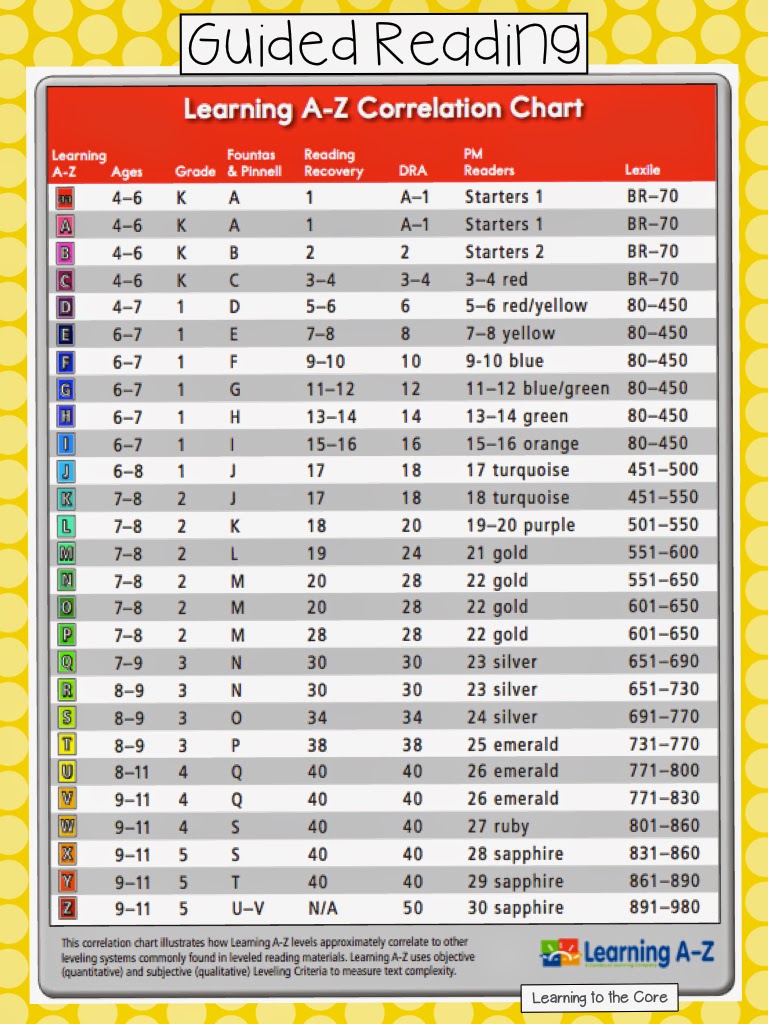 As you’ve read in the introduction, a first grader should be reading between 3 to 12. It’s crucial that you remember they won’t be at a 12 right when they start first grade. The next section will detail what they’ll learn throughout the year to bring them as high on the chart as possible.
As you’ve read in the introduction, a first grader should be reading between 3 to 12. It’s crucial that you remember they won’t be at a 12 right when they start first grade. The next section will detail what they’ll learn throughout the year to bring them as high on the chart as possible.
Note: While 12 is at the top of the list for first graders, you shouldn’t worry if your child isn’t there at the end of the year. It’s not a requirement until the middle of their second-grade year. If they’re already at a 12 in first grade, they’re ahead of the curve. By the beginning of second grade, your child should be around 8.
What Reading Skills They Will Learn in First Grade
Perhaps the most essential part of learning and reading in first grade is comprehension. Teachers focus on helping your first grader retell stories and understand what they’re saying rather than merely repeating what they’ve heard. For this reason, big words and long stories could prove challenging at the beginning of the year.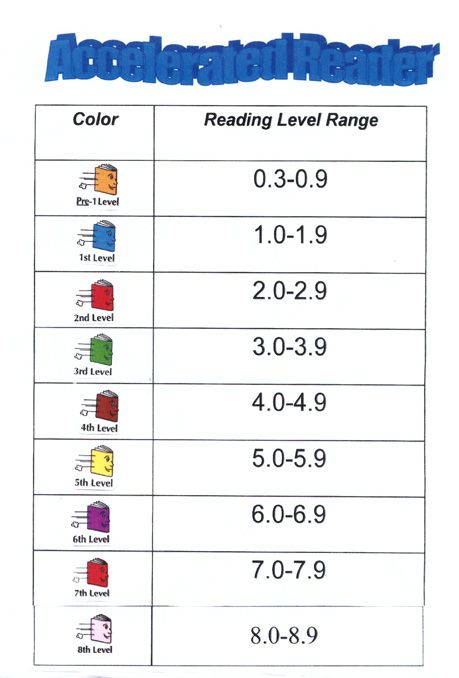
According to Reading Rockets, a first grader will learn how to break down long words and understand various sounds made by each word. Patience is key since English is one of the most challenging languages to read, even for those who speak it natively. Combinations such as ‘th’, ‘ough,’ and ‘sh’ will be taught throughout the year in a native classroom, in Second language it will be focusing on word construction with CVC and Blends.
Punctuation is another essential part of the year. Exclamation points, question marks, periods, and commas will be highlighted. Semicolons and colons won’t be taught until later in the year or during second grade. Your goal as a parent should be to help your child learn the four previously mentioned punctuations.
- 29%
Amazon.com
Spectrum Paperback Phonics Workbook, Grade 1, Ages 6 - 7
$8.49 $11.99
BUY NOW
- 14%
Amazon.com
Educational Insights Blends & Digraphs Phonics Dominoes - Word Building.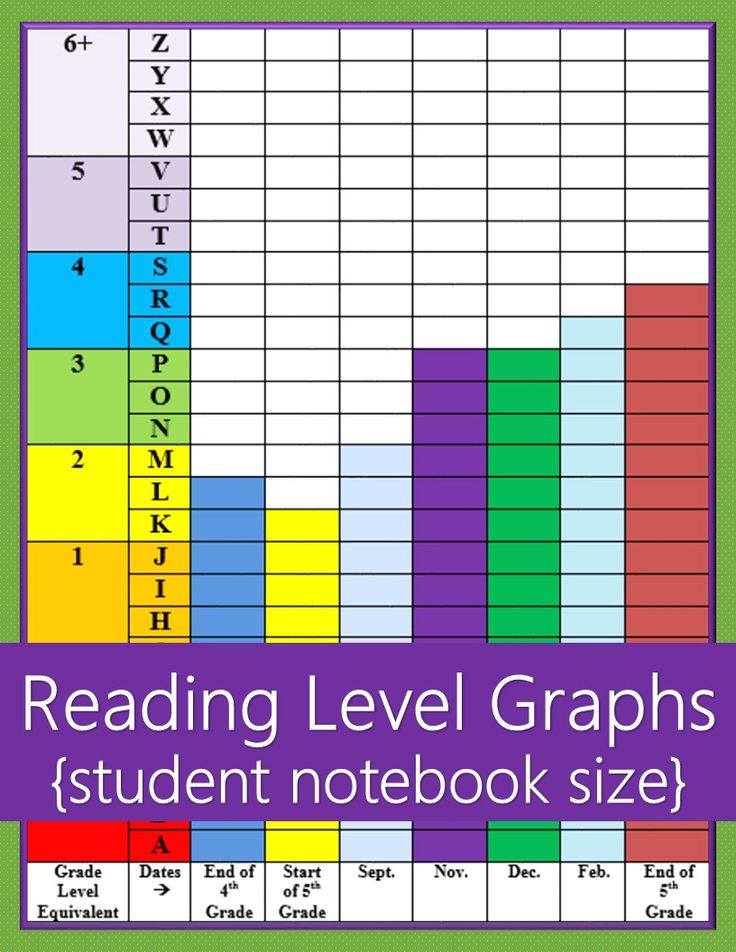 ..
..
$23.13 $26.99
BUY NOW
Amazon.com
Learning Resources Snap It Up! Phonics & Reading Card Game,...
$14.98
BUY NOW
Another reading skill will be capitalization, pronouns, starting a sentence, and other capitalized letters will be explored. Remember that, along with punctuation, capitalization likely won’t be mastered until second grade. However, your first grader will be able to start understanding stories and sentences, opening the gates to inspired, entertaining reading sessions.
Once they learn how to comprehend sentences, they’ll start to engage much quicker. They might wonder why something is one way or another, and they could begin to correct sentences if they feel something is wrong. This is a crucial stage that you could help them realize right from wrong in the world of reading and writing.
What Language Will Books at These Reading Levels Contain?
During their first grade year, the language contained in books and stories includes three to four-letter words.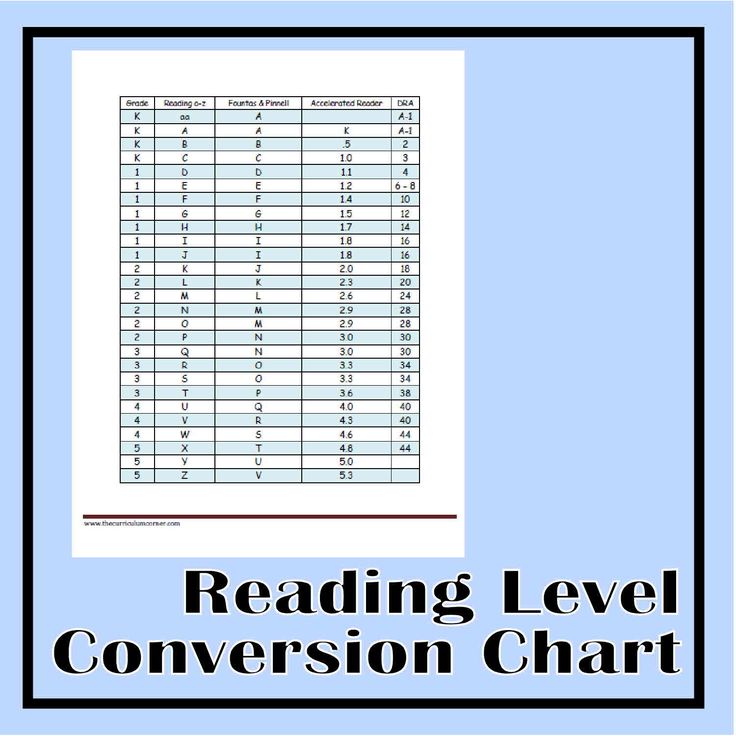 They range from simple words like ‘the’ or ‘and,’ but they’ll lead to bigger words that could present a challenge. Remember to sound out each letter with them so they understand the variations of vowels.
They range from simple words like ‘the’ or ‘and,’ but they’ll lead to bigger words that could present a challenge. Remember to sound out each letter with them so they understand the variations of vowels.
Parents.com suggests asking your child questions about books, stories, and sentences that they’re reading. This step will cause them to think and build on their knowledge while comprehending what they’re studying. They also recommend engaging in predictions to get your first grader to dig deeper into the reading material. We have Comprehension workbooks to help with this.
Since first graders are guided towards comprehension rather than in-depth long words, they won’t have to learn too many words over four or five letters. They should take this year to practice their understanding of the basic concepts that form a sentence, including punctuation, pronunciation, and letter combinations, as mentioned in the previous section.
Here’s an excellent way to help them learn tough words:
- Break down every word into individual letters.
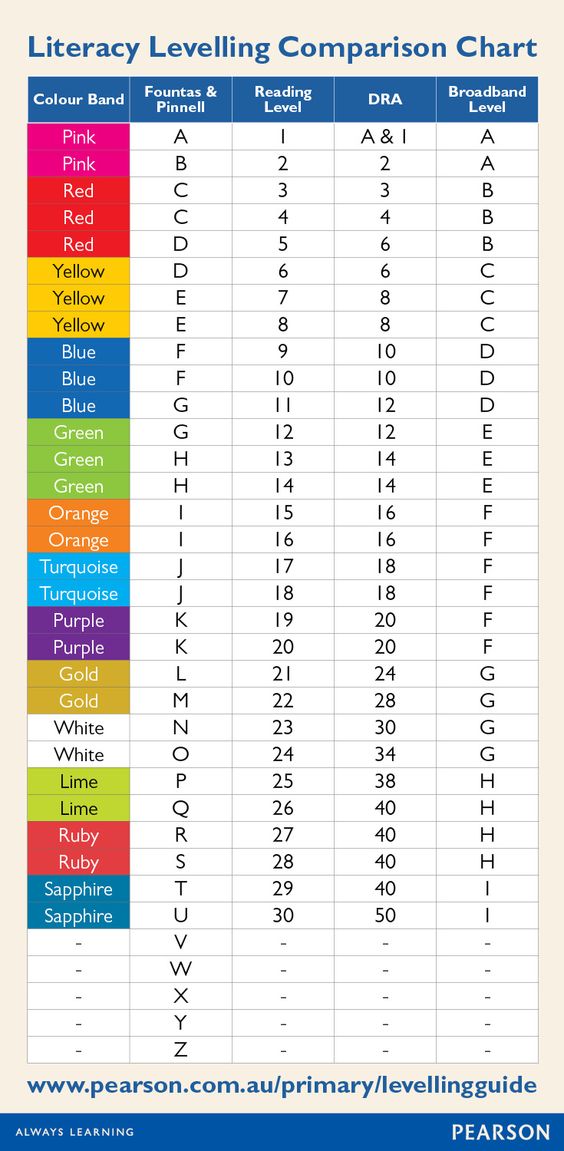 If there’s a combination (sh, th, ough), separate it into its own chunk.
If there’s a combination (sh, th, ough), separate it into its own chunk. - Focus on words that they already know how to say. If they’re familiar with the word, they’ll be able to use contextual clues to figure out how to read it.
- Don’t study for too long. Short 15-minute study sessions hold their interest long enough to prevent reading from becoming a boring chore.
- Use the resources from school and online to supplement these skills. We have 1000s on our site for free and premium downloads.
How Can Parents Help Their First Grader Develop a Love for Reading?
Helping your child become an interested reader is one of the most understood processes in schooling. You don’t want to spend hours every day, or they’ll be overwhelmed and won’t retain most of the information. As you saw in the third tip of the previous section, short study sessions are the key to success.
Here’s a list of ways that you can help your first grader develop a love for reading:
- Find reading material that they’re interested in.
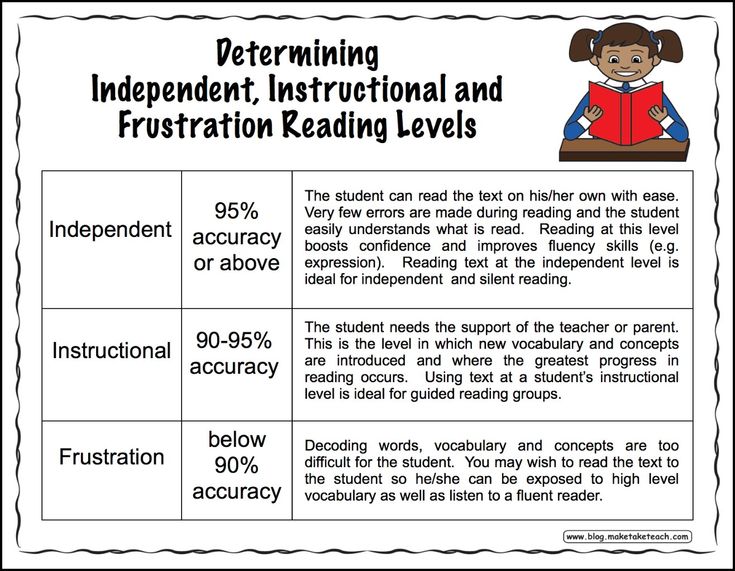 For example, if they love sports or cars, choose those books over anything else. It’s not the concept that matters; It’s the words found throughout the reading that makes a big difference. We have some leveled reading material aimed at young learners here.
For example, if they love sports or cars, choose those books over anything else. It’s not the concept that matters; It’s the words found throughout the reading that makes a big difference. We have some leveled reading material aimed at young learners here. - Reward them for reading a specific number of words. They’ll begin to associate a learning session with enjoyment rather than a distraction from playing with toys or friends. Remember to read with them, so they don’t feel like they’re trying to learn by themselves.
- Picture books can keep your child’s interest for countless minutes. If you stop reading after 15 to 20 minutes, they’ll be begging to jump back into the material.
All of these suggestions point to one fact: You can make your child love reading by finding out what they’re interested in and using it to educate and elevate their reading skills. Their reading level will naturally and gradually increase as the material becomes more challenging.
Finally
Now that you know where they should be and what they’ll learn, you’re equipped to help your child with at-home education. Some children can read and comprehend faster, so you might need to spend more or less time focusing on specific words.
Here’s a quick recap of the post:
- First graders typically fall between a 3 to 12 reading level.
- You can help them by focusing on challenging words and breaking down the meaning of each sentence.
- Find books and stories that they’ll love to improve their engagement.
- Use additional resources and activities to engage and inspire them
Sources
- Scholastic – Learn About Leveled Reading
- Reading Rockets – Goals for First Grade: Early Reading and Writing
- Parents – What Will My Kid Learn in First Grade?
Hi I’m Marc. A teacher of over 15 years, English, General Studies and Outdoor Education.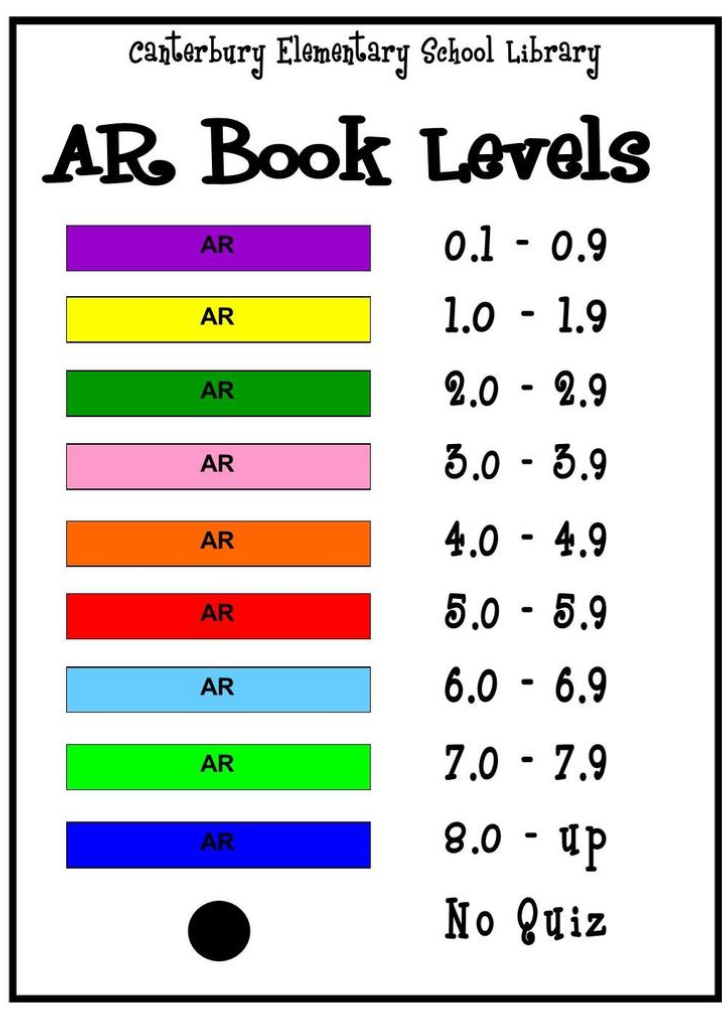 Thought it was about time to sharing both what I have learnt during that time and the resources I have put together. On this site we aim to teach the theory and share our thoughts, but also go that one step further and give you access to the hard resources you need for your class or for you children
Thought it was about time to sharing both what I have learnt during that time and the resources I have put together. On this site we aim to teach the theory and share our thoughts, but also go that one step further and give you access to the hard resources you need for your class or for you children
Like this:
Like Loading...
Making English Fun!
I have been a teacher of English for over 15 years, in that time i made hundreds and thousands of resources and learnt so much i think its worth sharing. Hopefully to help teachers and parents around the world.
📚 Making Sense of Reading Levels plus booklists for every Grade
Books to Read • Mom StuffAugust 30, 2021
by Beth Gorden
Anyone else completely confused by reading levels? There are guided reading levels, Lexile numbers, and Book Levels like the library uses. I found this especially confusing when my kindergarten and grade 1 students were beginning to read.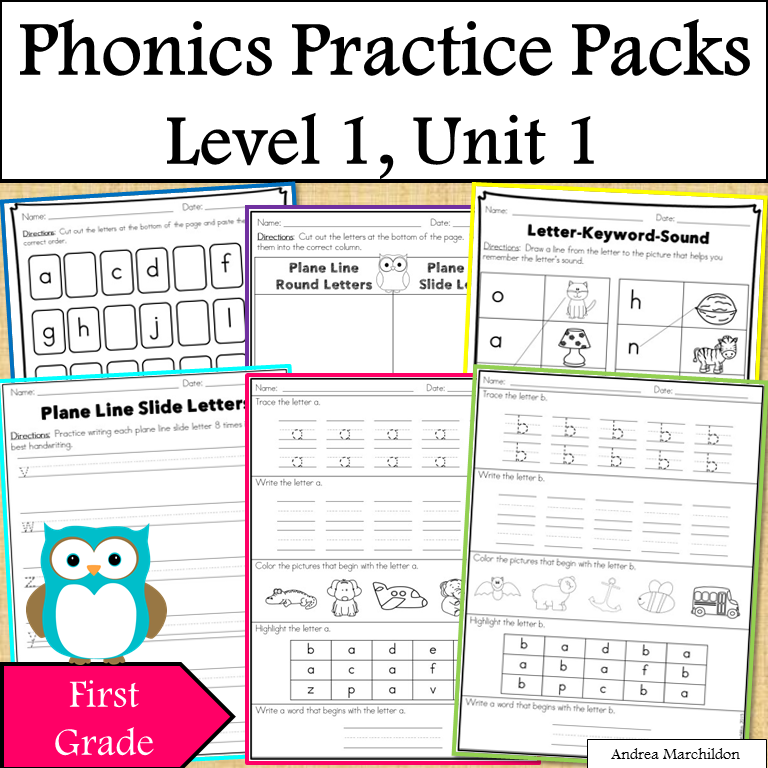 I assumed you just get a beginner reader, but guess what – it’s NOT that easy! Many beginner readers are actually for 3rd graders! YIKES! Don’t worry, I can explain reading levels, give you book recommendations by grade, and take all the work out of finding your child the best books to read by reading level!
I assumed you just get a beginner reader, but guess what – it’s NOT that easy! Many beginner readers are actually for 3rd graders! YIKES! Don’t worry, I can explain reading levels, give you book recommendations by grade, and take all the work out of finding your child the best books to read by reading level!
Making Sense of Reading Levels
What Level Books should my Child be reading by Grade!
I think one needs a masters degree in nonsense to make sense of reading levels! Seriously there are 3 different systems used: Lexile, Book Level (like most libraries) and Guided Reading (Scholastic) that parents must try to understand. And if you google it, there isn’t much useful information out there either.
I even talked with my local librarian who gave me a lot of misinformation, ugh! So I did deeper research so I could pick out readers for my kids.
Reading levels by grade
I don’t claim to be an expert on reading levels by any means, but for all you confused parents here is some help from a mom that was just as confused as you are!
Note: All kids read at their own pace and this is just an average generalization.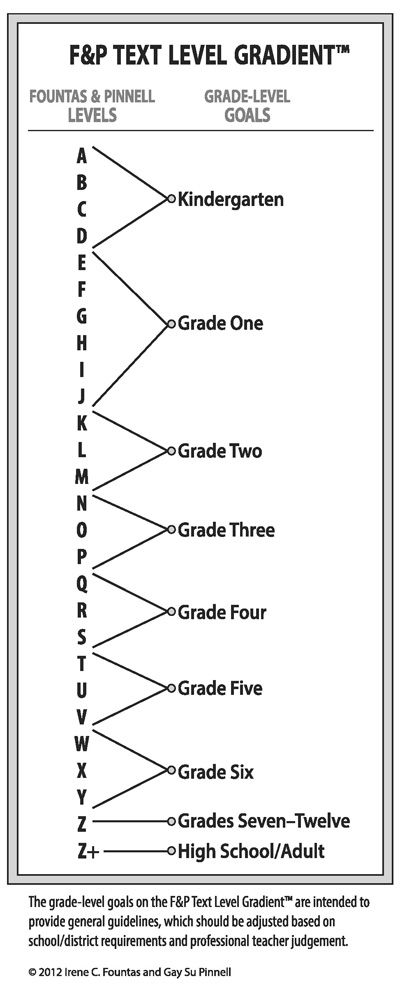 Please work on reading books at your child’s reading level. For kids who are great readers, they may be reading at books above their reading level.
Please work on reading books at your child’s reading level. For kids who are great readers, they may be reading at books above their reading level.
Kindergarten Reading Level
Kindergartners are just beginning to read using some basic sight words and decoding simple words. In the library look for books labeled 0.1 – 1.3. For those using the Scholastic Guided Reading level, look for A, B, or C. (That is 25-75 in Lexile). Remember they need 30 minutes of daily reading; practice makes perfect!
- 50 Books for Kindergartners to Read by Themselves
- 45 Must Read Books for Kindergartners (Read Aloud)
First Grade Reading Level
1st Grade students are decoding more words, learning rule breaker rules, and adding more and more sight words. Through the course of the year they can be anywhere from a 1.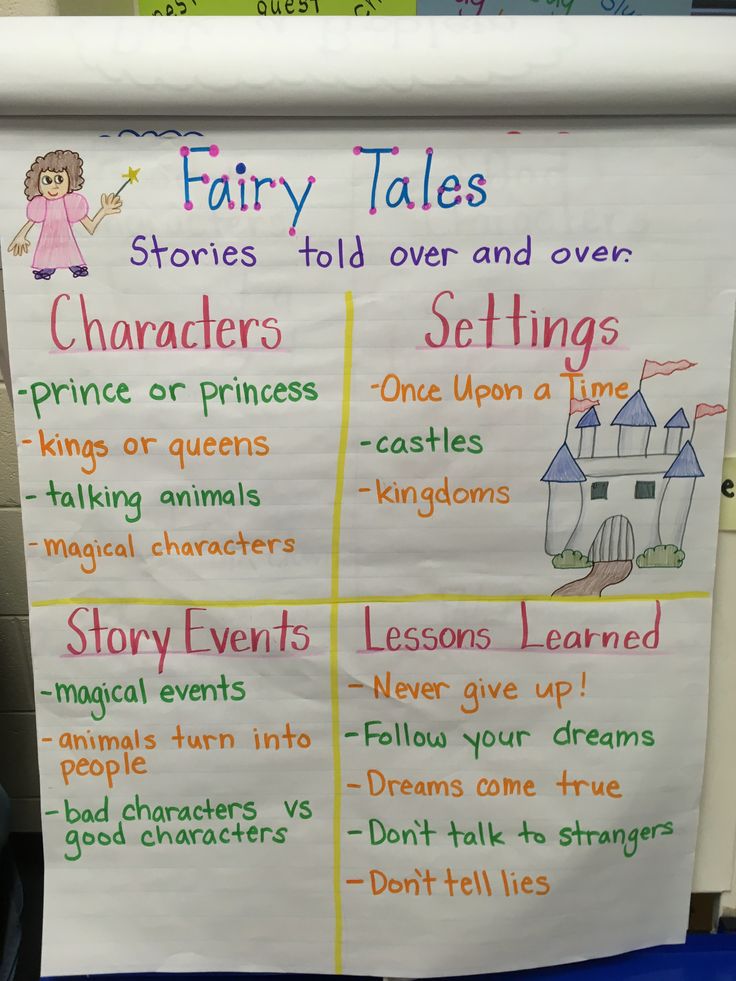 0 – 1.9 for readers at the library. For those using Scholastic Guided Reading that is B-I or Lexile 50-275. Remember they need 30 minutes of daily reading; practice makes perfect!
0 – 1.9 for readers at the library. For those using Scholastic Guided Reading that is B-I or Lexile 50-275. Remember they need 30 minutes of daily reading; practice makes perfect!
- 100 Books for 1st Graders to Read Themselves
- Favorite 1st Grade Read Aloud Picture Books
- 17+ 1st Grade Read Aloud Chapter Books you won’t want to miss!
- Top 25 Chapter Book Series for 1st-3rd Grade
2nd Grade Reading Level
2nd Graders are reading well independently. Although they may start their year in advanced readers, most are ready for simple chapter books by the end of the year. Just like Kindergarten and 1st graders, they need lots of practice to continue advancing. Even though 2nd graders are reading well on their own, they still need time reading aloud to an adult who can help them correct pronunciation, flow, and check reading comprehension to ensure no issues creep up. At the library look for books labeled 1.6-2.9. Using a Guided Reading system look for H-M or 225-450 in Lexile.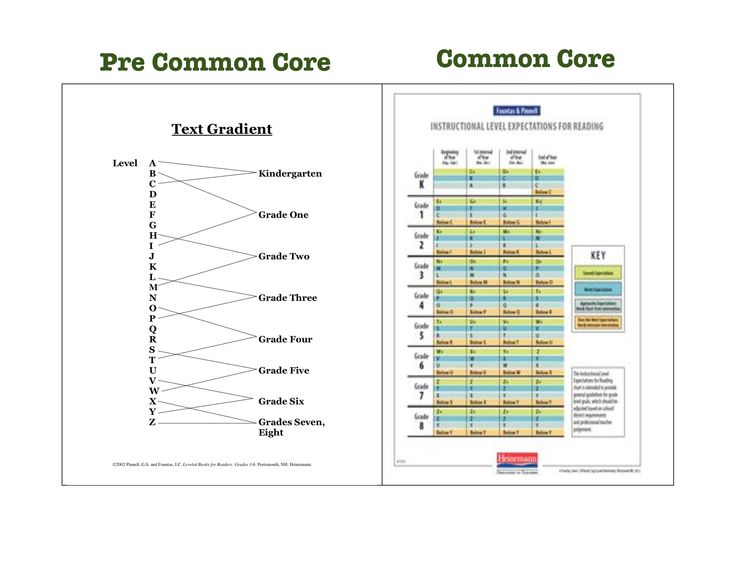
- Best 2nd Grade Reading List
- 2nd Grade Read Aloud Chapter Books
- Top 25 Chapter Book Series for 1st-3rd Grade
3rd Grade Reading Level
3rd Graders are comfortable reading simple chapter books on their own. They continue to need lots of practice and time reading aloud as well. At the library look for books 2.2 – 3.9, Guided Reading level L-P, and Lexile 400-650.
- 3rd Grade Reading List
- Top 25 Chapter Book Series for 1st-3rd Grade
4th-8th Grade Reading Level
Although at this point most kids are reading chapter books that are no longer labeled with a reading level, I wanted to give you some tools in case you feel the need to further assess what your child is reading.
- 4th Grade Book List – 3.3-5.5 Book Level, O-T Guided Reading, 600-850 Lexile
- 5th Grade Reading List – 5.0-7.4 Book Level, S-W Guided Reading, 800-1000 Lexile
- 6th Grade 6.7-8.6 Book Level, V-Y Guided Reading, 950-1050 Lexile
- 7th &8th Grade 8.
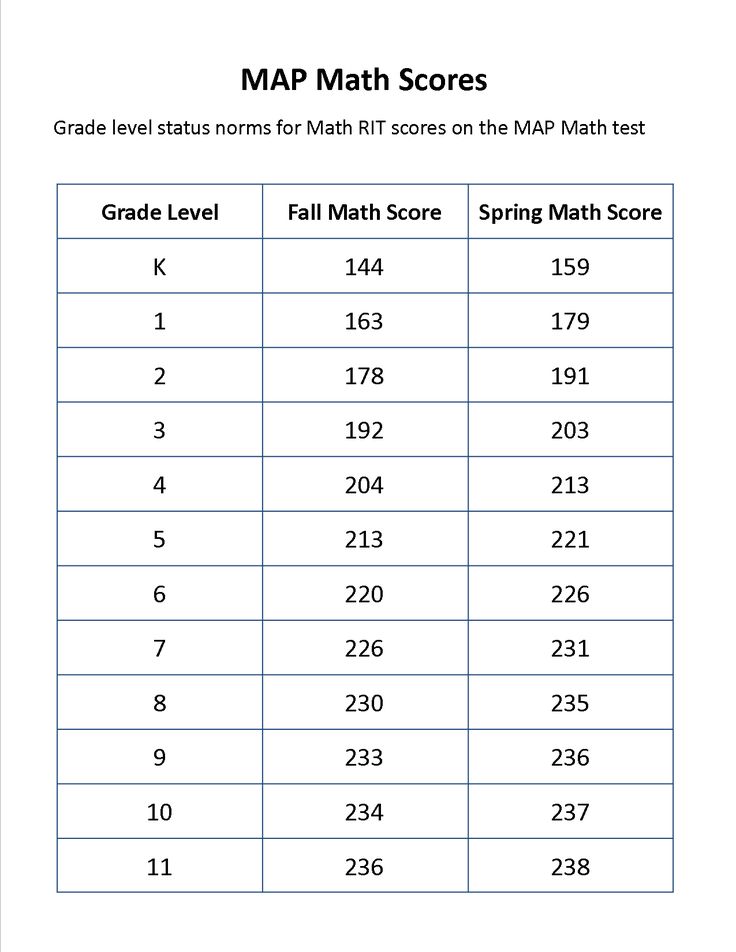 0-9.0 Book Level, X-Z Guided Reading, 1035-1100 Lexile
0-9.0 Book Level, X-Z Guided Reading, 1035-1100 Lexile
Find out any Books Reading Level
You can find out any books reading level (Lexile, library Book Level, and Scholastic Guided Reading) by checking AR Book Finder.
Free Printable Reading Logs
- Monthly Reading Log – this free printable has ‘traditional’ monthly themes
- Bookshelf Free Printable Reading Logs – super cute and fun for kids of all ages!
- Pencil Free Printable Reading Logs -print reading worksheet and color a pencil for each book you read
- Frozen Free Printable Reading Logs – kids will have fun tracking their reading and the books they’ve read with this motivating free printable for kids of all ages
- Princess Free Printable Reading Logs – students will have fun tracking their reading with these free printable reading logs
- Super Hero Free Printable Reading Logs – using a favorite theme of kids will encourage kids to read
- Cars Free Printable Book Logs – children will have fun tracking the books they’ve read with these clever free reading log
- Summer Free Printable Reading Logs – students will be motivated to read this summer with these ideas
- Reading Comprehension Bookmarks – this is a great tool for making sure kids are understanding what they are reading
- Reading Levels by Grade – how to pick the right books for every reading level and tons of printable book lists too
Book Report Idea
Looking for other ways to help kids work on reading comprehension and summarizing a book they read? Try these free resources:
- Handy Reading Comprehension Bookmarks (any book: fiction or non fiction)
- Book Report Template
- Book Report for Kids
- Pizza Book Report Idea
- Sandwich Book Report Idea
- 26 more clever Book Report Ideas
- Library Scavenger Hunt – help kids learn to navigate a library, the Dewey decimal system, book genres, and so much more with this pack of free printable scavenger hunts for kids!
- Bookshelf Reading Log – to help encourage kids to read!
Plus, here are some great ideas for Creating a Reading Nook where kids will want to curl up and read a book!
You may also like
September 20, 2021
March 22, 2021
November 28, 2012
June 1, 2021
May 28, 2018
August 10, 2021
August 17, 2011
July 30, 2021
About the author
Beth Gorden
Beth Gorden is the creative multi-tasking creator of 123 Homeschool 4 Me. As a busy homeschooling mother of six, she strives to create hands-on learning activities and worksheets that kids will love to make learning FUN! She has created over 1 million pages of printables to help teach kids ABCs, science, English grammar, history, math, and so much more! Beth is also the creator of 2 additional sites with even more educational activities and FREE printables - www.kindergartenworksheetsandgames.com and www.preschoolplayandlearn.com
As a busy homeschooling mother of six, she strives to create hands-on learning activities and worksheets that kids will love to make learning FUN! She has created over 1 million pages of printables to help teach kids ABCs, science, English grammar, history, math, and so much more! Beth is also the creator of 2 additional sites with even more educational activities and FREE printables - www.kindergartenworksheetsandgames.com and www.preschoolplayandlearn.com
texts to test reading technique - NAUMENOK
It is advisable to test the formation of reading skills 3 times a year: at the beginning of the academic year, at the end of the first half of the year and at the end of the academic year. But sometimes the teacher prefers to check the reading technique at the end of each quarter.
The reading technique test includes not only reading speed, but also reading accuracy, comprehension and expressiveness. I wrote about this in more detail in article 9.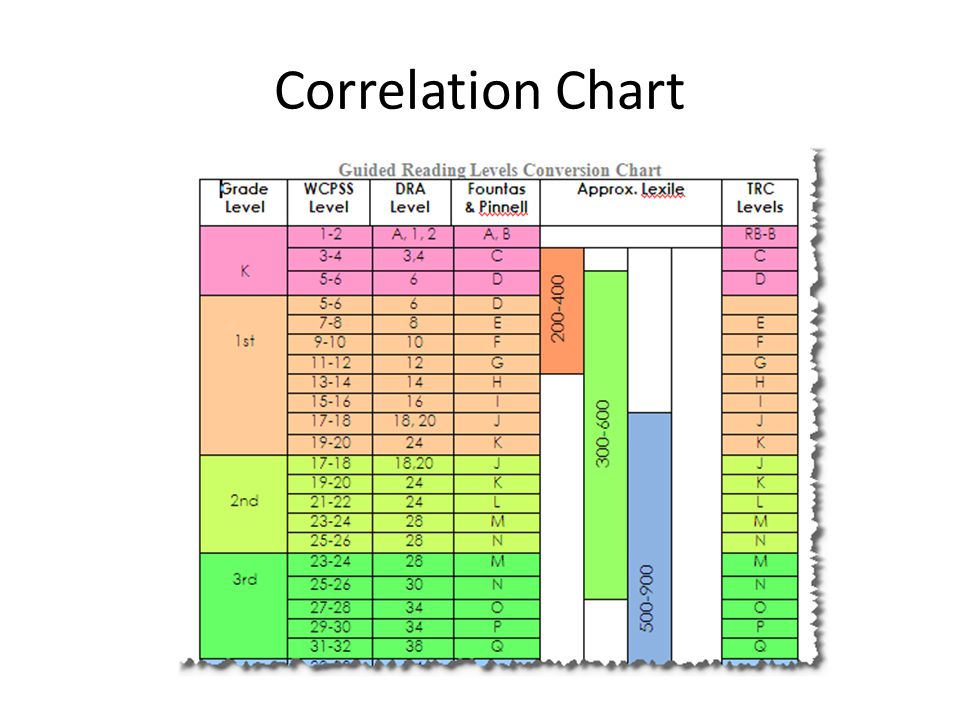 0005 "How to test a child's reading technique."
0005 "How to test a child's reading technique."
- Special texts are selected to test the reading technique.
- The text should be understandable to the child, but be unfamiliar to him.
- Sentences should be short, without any complicating constructions or signs.
- It is better if the text for checking reading is without illustrations and dialogues so that children do not get distracted while reading.
- Text must be placed on one page.
- While reading the text, you can not interrupt the child, correct mistakes. After completing the reading, you need to return to those words that caused difficulty or were read incorrectly and ask the child to read them again. In the process of reading, a first grader can follow the text with his finger so as not to lose the line.
- To test reading comprehension, you need to ask a few questions about the text.
Reading technique norm in grade 1
1st half year
Reading should be smooth syllabic, conscious and correct, with clear pronunciation of syllables and words.
Reading speed - 25-30 words per minute.
2nd half year
The child reads whole words correctly, consciously. Words with a complex syllabic structure are read syllable by syllable.
Reading speed - 30-40 words per minute.
These texts can be used not only to test the child's reading skills, but also for retelling. How to teach a child to retell can be found in the article “Teaching a child to retell”.
Reading technique test texts in grade 1
Sparrow and swallows
Swallow made a nest. The sparrow saw the nest and occupied it. The swallow called her friends for help. Together, the swallows drove the sparrow out of the nest. (22 words)
Questions:
- What did the sparrow do?
- Who did the swallow call for help?
Ant
Ant found a big grain. He couldn't carry it alone.
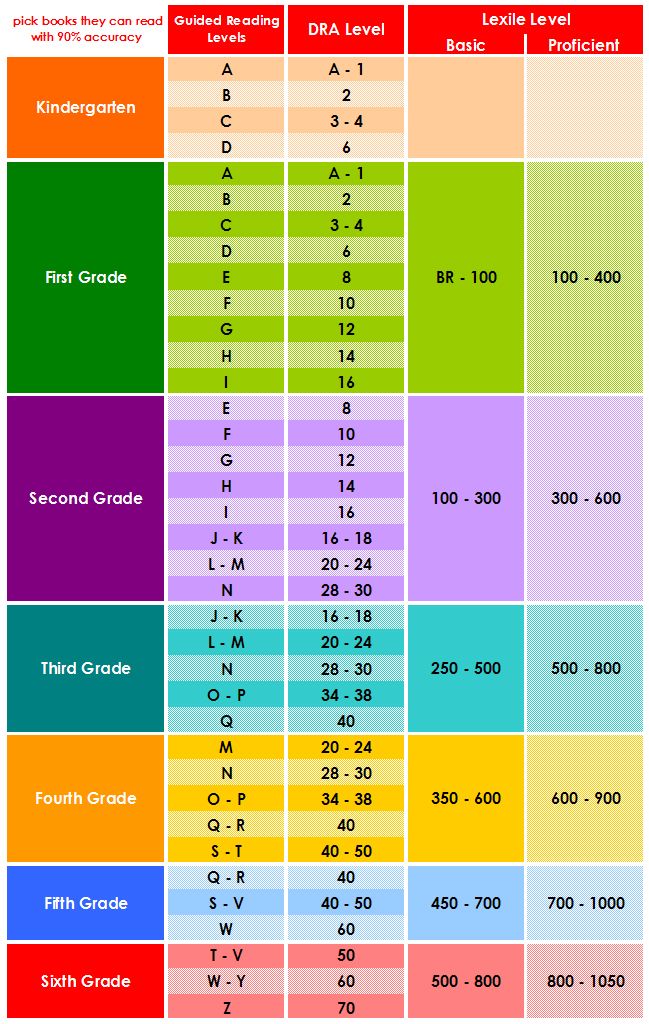 The ant called for help from his comrades. Together, the ants easily dragged the grain into the anthill. (22 words)
The ant called for help from his comrades. Together, the ants easily dragged the grain into the anthill. (22 words) Questions:
- What did the ant find?
- Why did the ant call his friends for help?
Summer
Warm summer has come. Currants ripened in the garden. Masha and Tanya collect it in a bucket. Mom will make jam from it. In winter, in the cold, children will drink tea with jam. (29 words)
Questions:
- Which berry is ripe in the garden?
- What will mother do?
The fox and cancer
The fox suggested that the crayfish run a race. Cancer agreed. The fox ran, and the crayfish clung to the fox's tail. The fox ran to the place. The fox turned around, and the crayfish unhooked and said: "I've been waiting for you here for a long time." (32 words)
Questions:
- What did the fox offer to cancer?
- How did cancer outsmart the fox?
Cranes
Cranes live near swamps, forest lakes, meadows, river banks.
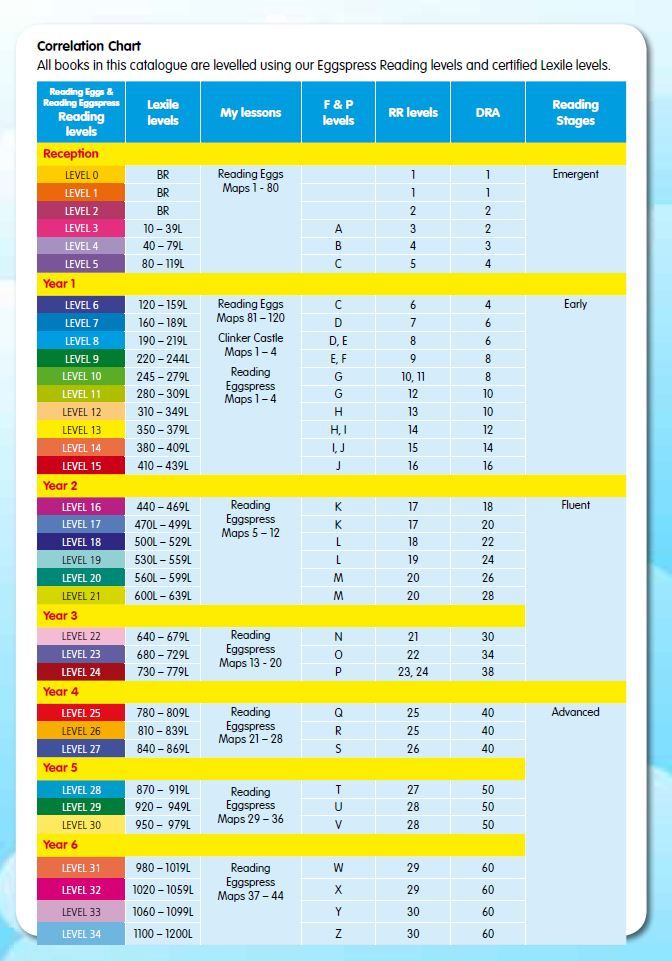 Nests are built right on the ground. The crane circles over the nest, guarding it. At the end of summer, cranes gather in flocks and fly to warm countries. (33 words)
Nests are built right on the ground. The crane circles over the nest, guarding it. At the end of summer, cranes gather in flocks and fly to warm countries. (33 words) Questions:
- Where do cranes build nests?
- When do cranes fly to warm countries?
Chicken
A little girl wound woolen threads around an egg. It turned out to be a ball. This ball she put on the stove in a basket. Three weeks have passed. Suddenly there was a squeak from the basket. The ball squeaked. The girl unrolled the ball. There was a little chicken there. (34 words)
Questions:
- How did the girl make the ball?
- What happened to the ball after three weeks?
Mushrooms
The guys went to the forest for mushrooms. Dima found a beautiful boletus under a birch. Tanya saw a small butter dish under a pine tree. Ilya saw a huge boletus in the grass.
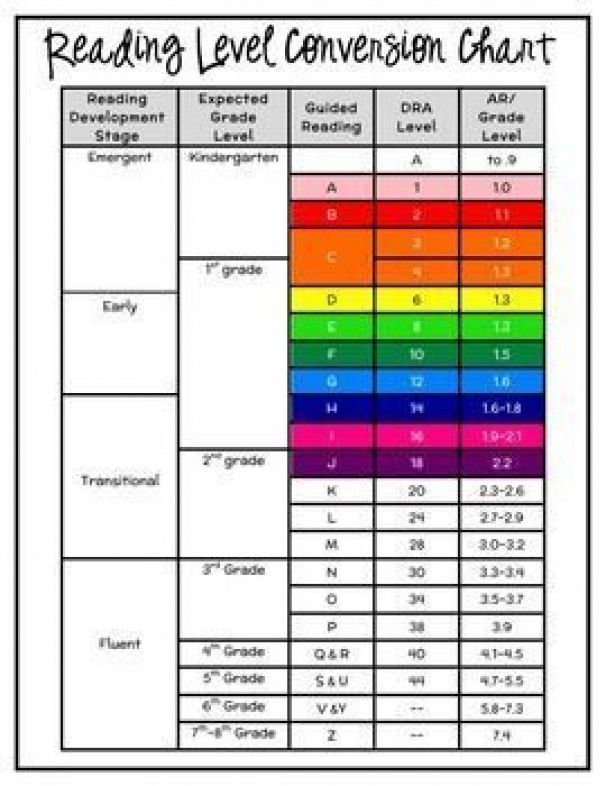 In the grove they collected full baskets of various mushrooms. The children returned home happy and happy. (38 words)
In the grove they collected full baskets of various mushrooms. The children returned home happy and happy. (38 words) Questions:
- Who found the boletus?
- What mushroom grew under a pine tree?
- Where did the boletus hide?
Summer
Summer has come. In forest clearings, the grass is above the knees. Grasshoppers chirp. Strawberries turn red on the tubercles. Raspberries, lingonberries, wild roses, blueberries bloom. The chicks fly out of the nests. A little time will pass, and delicious wild berries will appear. Soon children will come here with baskets to pick berries. (39 words)
Questions:
- What is the grass in the meadows?
- Which berries bloom?
Hedgehog
The guys were walking through the forest. We found a hedgehog under a bush. He curled up in fear. The guys rolled the hedgehog into a hat and brought it home.
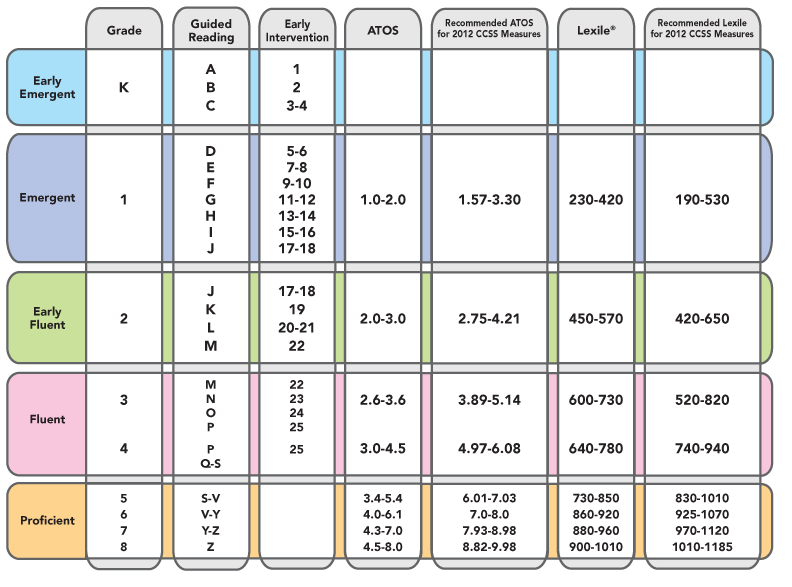 They gave him milk. The hedgehog turned around and began to eat milk. And then the hedgehog ran back to his forest. (39 words) (according to E. Charushin)
They gave him milk. The hedgehog turned around and began to eat milk. And then the hedgehog ran back to his forest. (39 words) (according to E. Charushin) Questions:
- Who did the guys find?
- What did the hedgehog do with fear?
- What did the guys give the hedgehog?
Bathing the cubs
A big bear and two merry cubs came out of the forest. The bear grabbed one cub with her teeth by the collar and let's dip into the river. The other cub got scared and ran into the forest. His mother caught up with him, slapped him, and then into the water. The cubs were happy. (40 words) (according to V. Bianchi)
Questions:
- Who came out of the forest?
- What did the second bear do?
- Were the cubs satisfied with the bath?
Lynx
In a dark forest, near a forest path, a beast lay down. This is a lynx - a cat the size of a large dog.
 Her tail is short, her ears are tufted, her skin is spotted. The lynx lies on a thick bough and waits. She will rush from the tree to her prey. (40 words)
Her tail is short, her ears are tufted, her skin is spotted. The lynx lies on a thick bough and waits. She will rush from the tree to her prey. (40 words) Questions:
- What is the tail of a lynx?
- Where did the lynx hide?
Spring
The sun warmed the earth. Ran the streams. The rooks have arrived. Birds hatch chicks. A hare jumps merrily through the forest. The fox went hunting and smells the prey. The she-wolf led the cubs into the clearing. The bear growls at the lair. Butterflies and bees fly over the flowers. Everyone is excited about spring. (41 words)
Questions:
- What does the hare do?
- Where did the she-wolf lead the cubs?
- Where do butterflies and bees fly?
Woodpecker
What does the woodpecker do in the forest? He lives and works in the forest. A bird with a red cap on its head sits on a tall pine and knocks on the trunk with a strong beak.
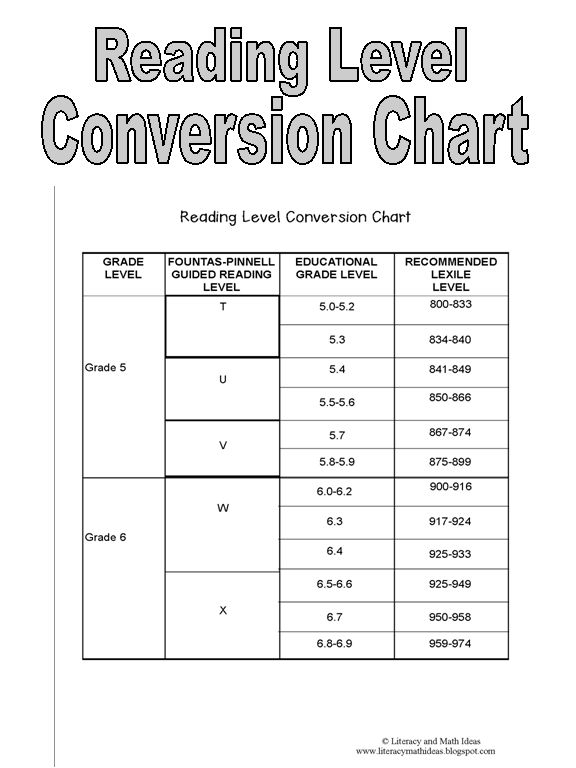 Why is he doing this? Woodpecker saves trees from harmful insects. Therefore, he is often called the forest doctor. (43 words)
Why is he doing this? Woodpecker saves trees from harmful insects. Therefore, he is often called the forest doctor. (43 words) Questions:
- What does a woodpecker have on his head?
- Why is a woodpecker called a forest doctor?
Meeting
Misha is walking along the alley of the old park. Suddenly, a small red animal runs out onto the path right at his feet. Squirrel! The squirrel has a fluffy tail. She looks with intelligent eyes. The squirrel is waiting for a treat. Misha hands her a nut. The animal is happy. And now her fluffy tail flashed on the tree. (44 words)
Questions:
- Who was walking in the park?
- Who did Misha meet?
- What did the boy treat the squirrel to?
Brave men
The boys went to school. Suddenly a dog jumped out. She barked at the guys. The boys started to run.
 Only Borya remained standing still. The dog stopped barking and approached Borya. Borya stroked her. Then Borya calmly went to school, and the dog quietly followed him. (44 words)
Only Borya remained standing still. The dog stopped barking and approached Borya. Borya stroked her. Then Borya calmly went to school, and the dog quietly followed him. (44 words) Questions:
- Where were the guys going?
- What happened on the way?
- How did the boys behave?
- What did Borya do?
Sly fish
For a long time I sat with a fishing rod on the shore. Minnows do not peck at me. And grandfather is sitting under a bush and has already caught a bucket. I sat down in the shade. Immediately the minnows began to peck. It turns out that in a clean place the shadow of the fishing rod is visible. So the cunning fish did not go to the hook. (48 words) (According to E. Shim)
Questions :
- Where did grandfather fish?
- Why was he fishing?
- Why didn't the boy bite the fish at first?
Cockerel
A cockerel walks around the yard: a red comb on its head, a red beard under its nose.
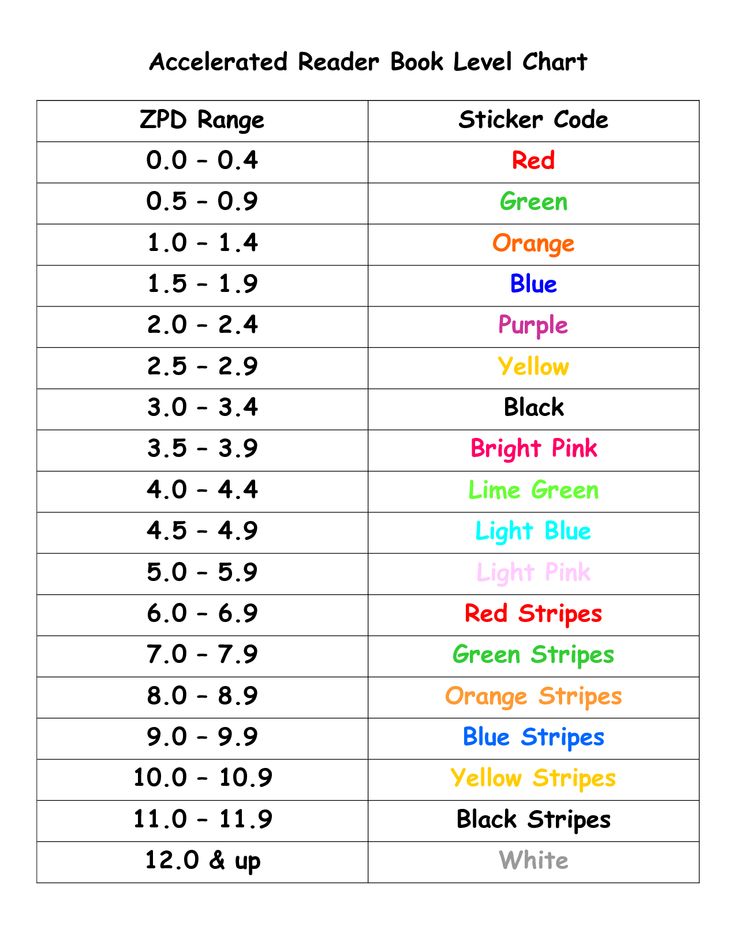 Petya's tail is a wheel, there are patterns on the tail, spurs on the legs. Petya found a grain. He calls a hen with chickens. They did not share the grain - they fought. Petya the cockerel reconciled them: he ate the grain himself, waved his wings, shouted at the top of his voice: “Ku-ka-re-ku!” (49words)
Petya's tail is a wheel, there are patterns on the tail, spurs on the legs. Petya found a grain. He calls a hen with chickens. They did not share the grain - they fought. Petya the cockerel reconciled them: he ate the grain himself, waved his wings, shouted at the top of his voice: “Ku-ka-re-ku!” (49words) Questions:
- Where does the cockerel go?
- What did the cockerel find?
- Whom did he call?
- Why did the chickens fight?
Bats
Bats are very useful animals. They eat harmful insects. During the day, bats wrap their wide wings like cloaks and hang upside down in dark places. The night is coming. They fly out to hunt. Many harmful insects fly at night. Almost all birds sleep at this time. Therefore, the "work" of bats is especially important. (51 words) (According to Yu. Dmitriev)
Questions:
- What are the benefits of bats?
- How do bats sleep?
- When do bats hunt?
Ducks
Vasya is sitting on the bank.
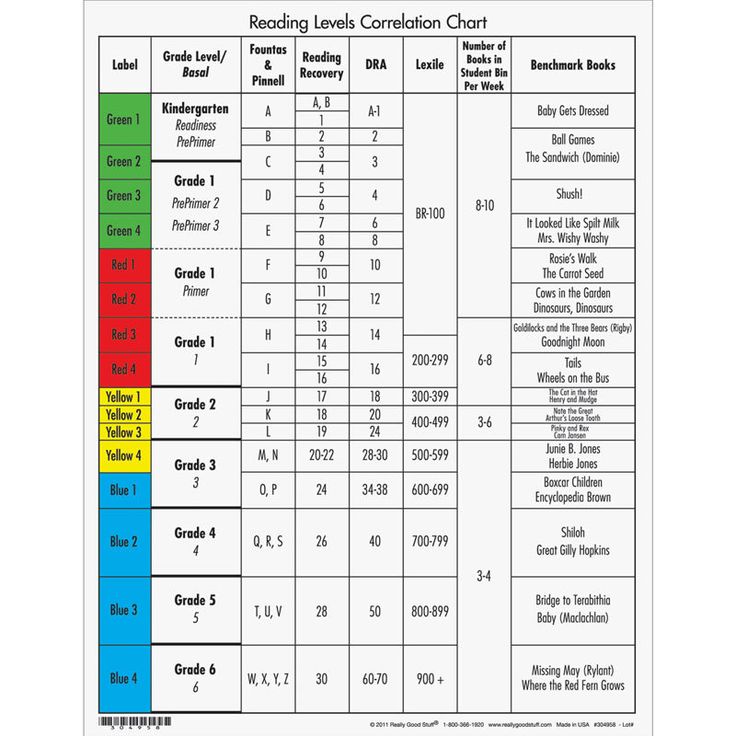 He watches how the ducks swim in the pond: they hide their wide spouts in the water. Vasya does not know how to drive the ducks home. Vasya began to call the ducks: “Ooty-ooty-ducks! The noses are wide, the paws are webbed! Stop dragging worms, pinching grass - it's time for you to go home. Ducks Vasya obeyed, went ashore, go home. (52 words) (according to K. Ushinsky)
He watches how the ducks swim in the pond: they hide their wide spouts in the water. Vasya does not know how to drive the ducks home. Vasya began to call the ducks: “Ooty-ooty-ducks! The noses are wide, the paws are webbed! Stop dragging worms, pinching grass - it's time for you to go home. Ducks Vasya obeyed, went ashore, go home. (52 words) (according to K. Ushinsky) Questions:
- What did Vasya do on the beach?
- What kind of nose do ducks have?
- What did Vasya call the ducks?
- What did the ducks do?
Winter
Frost bound the earth. Rivers and lakes are frozen. Everywhere lies white fluffy snow. Children are happy with winter. It's nice to ski on fresh snow. Matvey and Lera are playing snowballs. Andrei and Sasha are making a snowman. Only animals have a hard time in the winter cold. Birds fly closer to housing. Guys, help our little friends in winter. Make bird feeders! (55 words)
Questions:
- Who is happy about winter?
- Who has it hard in winter?
- How can you help the birds?
Four butterflies
It was spring.
 The sun shone brightly. Flowers grew in the meadow. Four butterflies were flying above them: a red butterfly, a white butterfly, a yellow butterfly, and a green butterfly. Suddenly, a large black bird flew in. She saw butterflies and wanted to eat them. The butterflies got scared and sat on the flowers. A white butterfly sat on a chamomile. Red butterfly - on poppy. Yellow - on a dandelion, and green hid behind a leaf of a tree. A bird flew, flew, but did not see butterflies. (56 words)
The sun shone brightly. Flowers grew in the meadow. Four butterflies were flying above them: a red butterfly, a white butterfly, a yellow butterfly, and a green butterfly. Suddenly, a large black bird flew in. She saw butterflies and wanted to eat them. The butterflies got scared and sat on the flowers. A white butterfly sat on a chamomile. Red butterfly - on poppy. Yellow - on a dandelion, and green hid behind a leaf of a tree. A bird flew, flew, but did not see butterflies. (56 words) Questions:
- What butterflies were flying over the flowers?
- Why didn't the bird see butterflies?
If the child's reading technique is below the norm, then it is necessary to read a lot (which is very difficult with poor reading quality) and does not always bring results. It is better to use special techniques and exercises, because. The reasons for bad reading can be different.
Slow readers and children who are struggling to improve their reading speed can be helped by using syllabary reading or, much more effectively, by using an integrated approach that includes various professional techniques.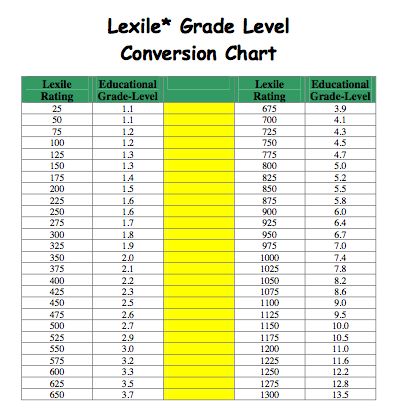
To do this, I suggest you use the books:
THE BIG BOOK OF SYLLING TABLES is
- a ready-made tool for training reading and speed reading skills;
- 200 syllabic tables of different levels of complexity;
- professional spreadsheet technique.
The most effective methods will allow each table to be used repeatedly several times, increasing the child's interest in reading.
By working with these syllable tables the child will receive:
- improved reading skills;
- increased reading speed;
- improved diction;
- reading comprehension;
- development of thinking and attention;
- vocabulary expansion;
- increased self-confidence.
The child will stop stumbling over difficult words while reading.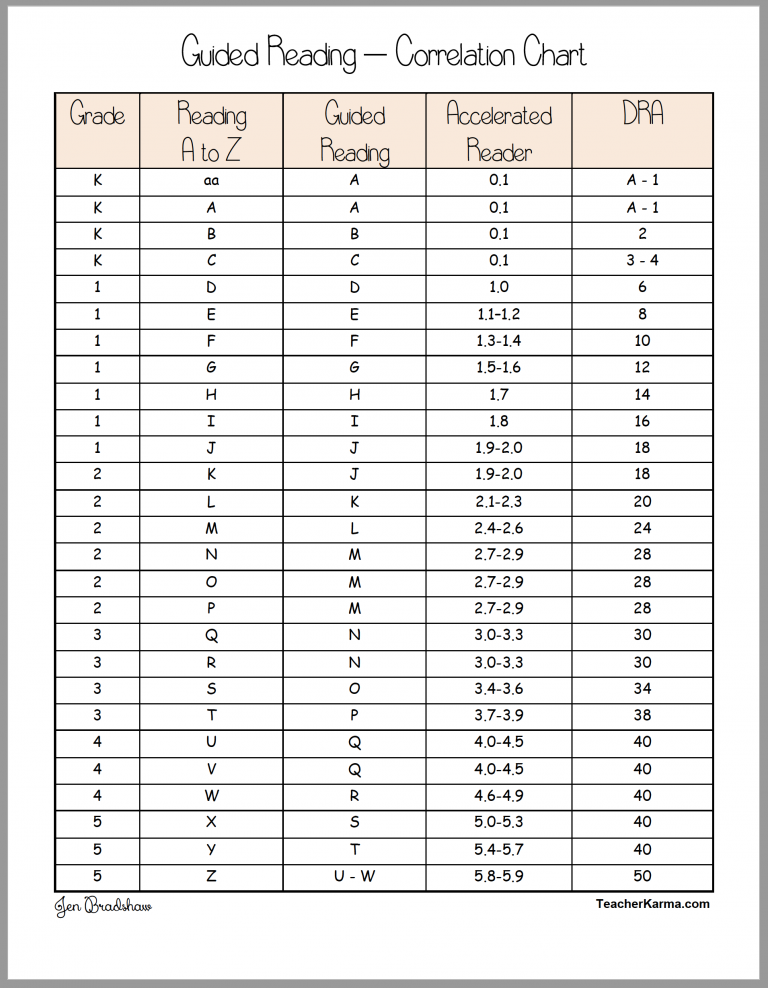 The reading process will become natural and painless.
The reading process will become natural and painless.
You can easily print the pages you need. All pages of the book can be used separately.
THE BIG BOOK OF SAYLING CHARTS is suitable for those who are just taking their first steps in reading, and for those who want to significantly improve the quality of reading.
Syllabary charts help children develop speed reading skills. But it often happens that a child gets stuck at a reading speed of 10-20 words per minute. It is important to track this moment in time and start immediately performing the necessary exercises.
I have created a training that will help you overcome this barrier without much difficulty. It is convenient to use both at home and when working with the whole class. A variety of tasks will not let children get bored, and parents and teachers will not have to select the necessary material for a long time and torment children with an exhausting, incredibly difficult process at this stage - reading.
Download TRAINING "Speed Reading and Speech Development"
Together with the training you will receive a small book as a gift - 20 syllabic tables for practicing reading skills (they do not repeat the tables of a large book).
Reading texts grade 1 print with tasks
O. Naumova "Noisy texts for reading and retelling"
The skill of high-quality reading and writing depends on the state of visual perception and attention of the child.
The better the child recognizes visual images, the better he reads and writes more competently.
Working with noisy texts engages the child's brain as much as possible and greatly increases the productivity of classes. At the same time, there is a development of figurative thinking, attention, memory, the ability to understand what is read.
In the book you will find:
- Noisy texts with questions;
- Texts with questions for reading, retelling, checking reading technique;
- Method of working with noisy texts;
- High productivity options;
- Exercises for developing speech and reading comprehension.
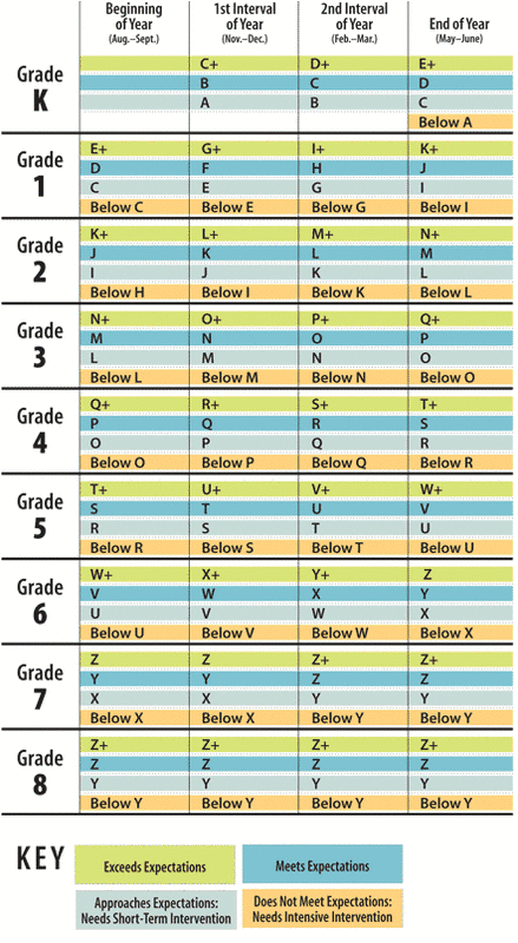
As a result, the child:
- read speed increases;
- attention and memory develop;
- conscious reading skills are developed;
- develop self-control skills;
- speech develops;
- the number of writing errors decreases;
- the process of writing summaries and essays is facilitated;
- improvement of educational performance.
Suitable for individual and group lessons.
Easy to print and use.
The Noisy Texts book series consists of three parts.
Texts differ in the number of words, complexity and degree of noise.
It is desirable to work on all three levels of difficulty.
Level 1
Number of words in texts 25-55. A simple noisemaker.
A simple noisemaker.
Download
Level 2
Number of words in texts 35-75. Inclined skimmer.
Download
Level 3
Number of words in texts 45-95. Complicated noise.
Download
Also:
Come to
Bookshop for useful books!
Sincerely, Olga Naumova
Thank you for sharing this article on social networks!
Reading technique. Norms 1-4 class.
Since many parents stubbornly refuse to understand what is the point of testing reading technique in elementary school (grades 1-4), I give up and publish reading norms. At the same time, I ask you to carefully read not only the quantitative norm of words per minute, but also my explanations both in the table and below it.
Reading Speed Standards Grade 1-4
→ Number of words may vary slightly depending on curriculum.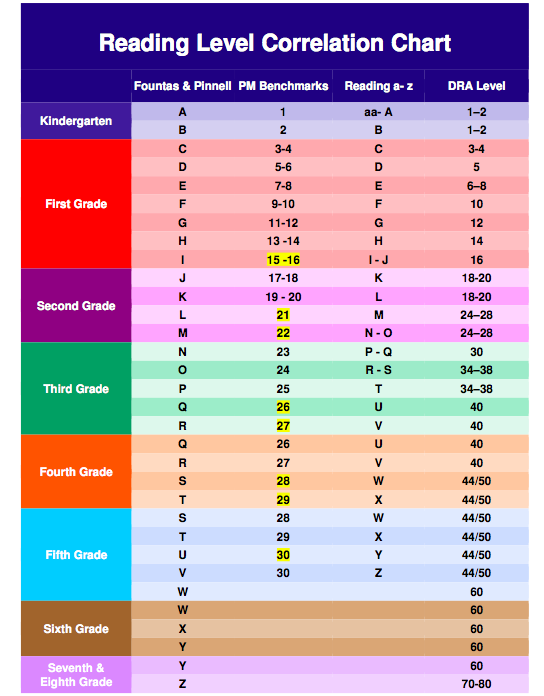 Increased rates are given in parentheses.
Increased rates are given in parentheses.
→ Grade 1: No grade, student “passed” or “failed”. In the first half of the year, the reading technique may not be carried out.
| Grade | at the end of the first half of the year | at the end of the second half of the year |
| 1 class | at least 10 - 15 (20 - 25) wpm | 2 -> less than 15 (25) wpm by 3 -> 15-19 (25-34) words by 4 -> 20-24 (35-40) words by 5 -> from 25 (41) words |
| 2 cl. | by 2 -> less than 25 (40) words per minute by 3 -> 25-29 (40-48) words by 4 -> 30-34 (49-54) words by 5 -> from 35 ( 55) words | 2 -> less than 40 (50) words per minute 3 -> 40-44 (50-58) words 4 words -> 45-49(59-64) words by 5 -> from 50 (65) words |
| 3 cells | by 2 -> less than 40 (55) words per minute by 3 -> 40-49 (55-64) words by 4 -> 50-59 (65-69) words by 5 -> from 60 (70) ) words | by 2 -> less than 65 (70) words per minute by 3 -> 65-69 (70-79) words by 4 -> 70-74 (80-84) words by 5 -> from 75 (85) ) words |
| 4 class | by 2 -> less than 65 (85) words per minute by 3 -> 65-74 (85-99) words by 4 -> 75-84 (100-114) words by 5 -> from 85 (115) ) words | by 2 -> less than 70 (100) words per minute by 3 -> 70-88 (100-115) words by 4 -> 89-94 (116-124) words by 5 -> from 95 (125) words |
Other reading parameters 1-4 class
| Grade | at the end of the first half of the year | at the end of the second half of the year |
| 1 class | Conscious, correct reading, simple words are read as a word.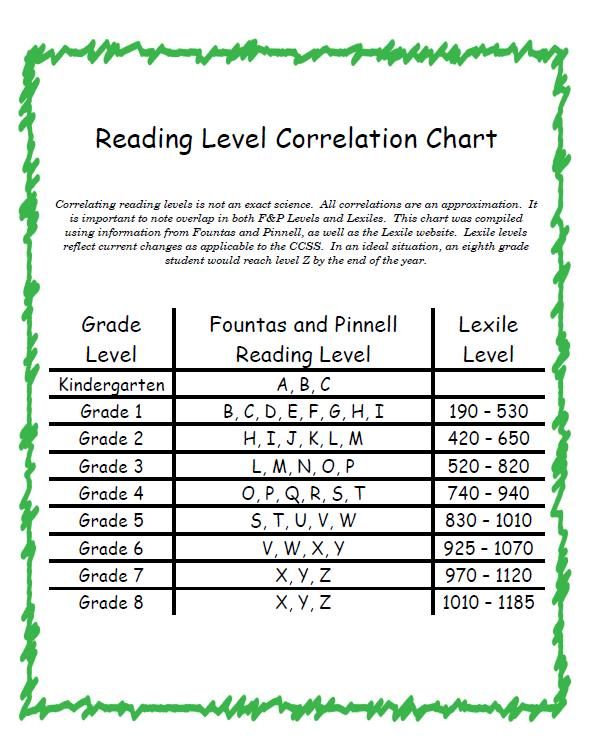 Words with a complex syllabic structure can be read syllable by syllable. Words with a complex syllabic structure can be read syllable by syllable. | |
| 2 cl. | Reading consciously, correctly, in whole words. Compliance with logical stresses. Words of a complex syllabic structure can be read syllable by syllable. | Reading consciously, correctly, in whole words. With observance of logical stresses, pauses and intonations. Syllabic reading is undesirable. |
| 3 cells | Reading consciously, correctly, in whole words. With observance of pauses and intonations, through which the student expresses understanding of the meaning of what is being read. | Reading consciously, correctly, in whole words. With observance of pauses and intonations, through which the student expresses understanding of the meaning of what is being read. |
| 4 cells | Reading consciously, correctly, in whole words.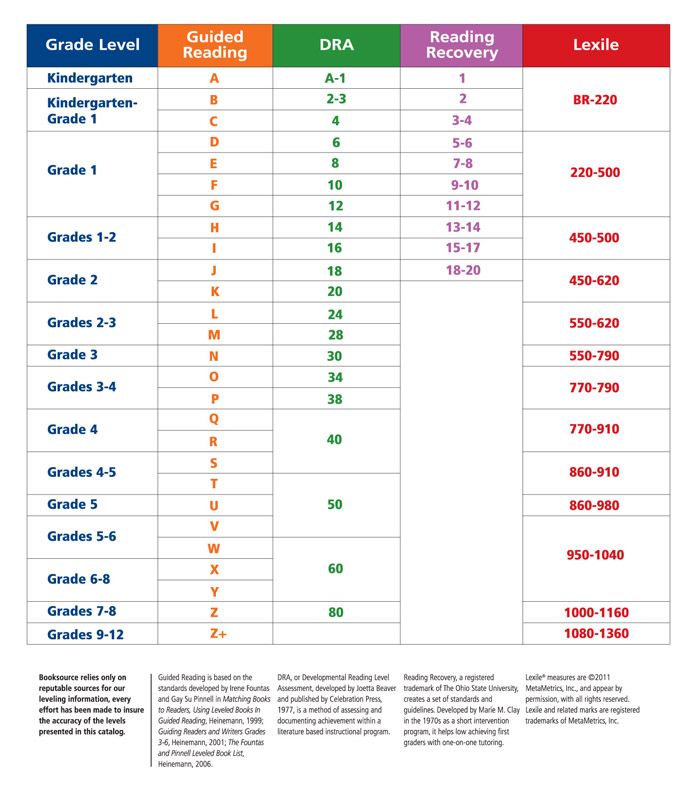 With observance of pauses and intonations, through which the student expresses an understanding of the meaning of what is read, and his attitude to the content of what is read. With observance of pauses and intonations, through which the student expresses an understanding of the meaning of what is read, and his attitude to the content of what is read. | Reading consciously, correctly, in whole words. With observance of pauses and intonations, through which the student expresses an understanding of the meaning of what is read, and his attitude to the content of what is read. |
Criteria when setting an assessment for reading technique:
- Reading by syllables or word completely,
- Availability of errors when reading,
- number of words per minute,
- expression,
- awareness.
can be clicked to enlarge
As you can see, the number of words read is not decisive.
That is, parents need to understand that such a concept as reading speed is only one of the criteria for determining the level of reading technology .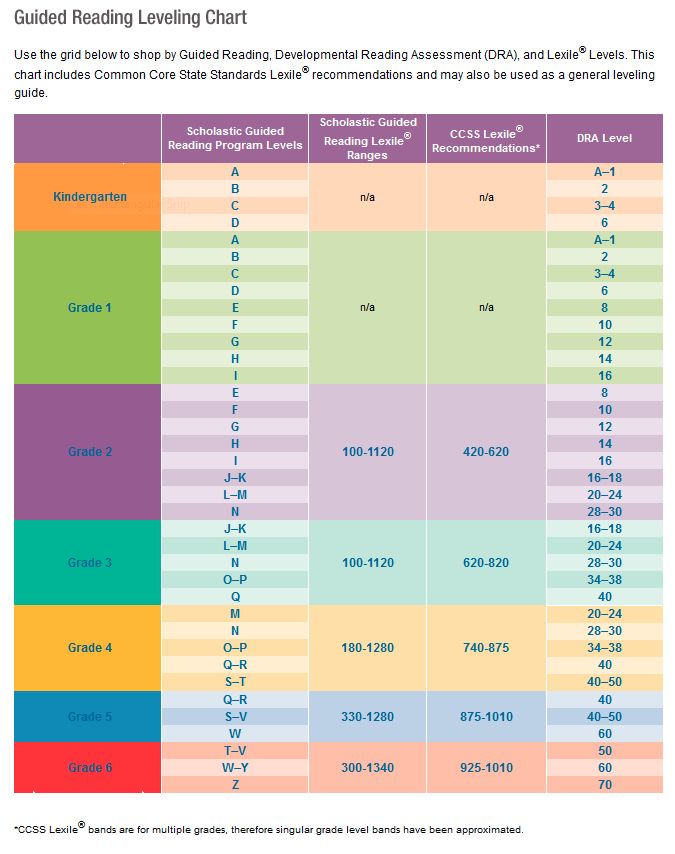 the way of reading is checked : the child reads by syllables or the word is read by him smoothly, in its entirety. It is mandatory to check reading comprehension , in other words, whether the student understands what he has read or not. To do this, after reading, a question can be asked about the text, most often “What did you just read about?” and requires a simple answer (a detailed retelling is not needed 😉)
the way of reading is checked : the child reads by syllables or the word is read by him smoothly, in its entirety. It is mandatory to check reading comprehension , in other words, whether the student understands what he has read or not. To do this, after reading, a question can be asked about the text, most often “What did you just read about?” and requires a simple answer (a detailed retelling is not needed 😉)
The expressiveness of reading, the presence of errors and / or stammers are also taken into account. Sometimes there is a return to re-reading the previous word, this indicates a lack of awareness and is considered a mistake.
It should also be taken into account that the standards for the speed (rate) of reading may differ depending on the educational institution, the requirements for a student of a gymnasium will be higher, for a student of a correctional class - lower.
The frequency of checking reading technique in elementary school is usually 2 times a year: the end of the first semester and the end of the second semester.